Tracks are our favourite way of restricting grass.
Advantages:
Tracks can be all grass, some grass or no grass.
Movement is encouraged.
Environmental enrichment - larger areas can be incorporated for loafing and rolling, the track can have different surfaces, opportunities for browsing, scratching posts, trotting poles, toys ....
Herd/social interaction e.g. mutual grooming is not reduced (as it would be with with a muzzle).
Horses can live on a track 24/7.
Can be used for horses that need restricted/no grass AND horses that can have more grass, by grazing the horses that don't need restricted grass on the longer grass on the inside of the track - good for herds/pairs where one horse had ID and the other/others do not.
Can be combined with other grass restriction techniques e.g. muzzle, strip grazing.
Can incorporate natural features e.g. woodland, streams, hedges, trees to encourage browsing, also grass in shade will be lower in sugar than grass in full sun.
Can incorporate grass-free areas, sand schools, yards, shelters (but guard against forcing horses to walk/stand on concrete or hard surfaces, particularly previously laminitic horses).
The inside of a grass track can be used for hay/haylage.
Disadvantages:
Cost - but this need only be a temporary internal electric fence.
Wear on grass - generally not great for grassland management, although non-permanent tracks can be moved, and sections rested.
Factors to consider that apply to most grass restriction strategies:
Ensure horses get on - introduce horses carefully.
Maximise safety, e.g. consider removing shoes/hind shoes, ensure there are no corners, narrow areas or buildings where horses could hurt themselves or be trapped by more dominant horses.
Do not exceed reasonable capacity of tracks (better to split horses into separate herds on separate tracks)
Alternative forage will need to be provided if grass provides <1.5% of a horse's ideal bodyweight.
Provide shelter, clean water, sufficient forage, salt, plus supplementary feed as necessary.
Ensure horses do not have access to poisonous plants.
Below are some examples of track systems.
Advantages:
Tracks can be all grass, some grass or no grass.
Movement is encouraged.
Environmental enrichment - larger areas can be incorporated for loafing and rolling, the track can have different surfaces, opportunities for browsing, scratching posts, trotting poles, toys ....
Herd/social interaction e.g. mutual grooming is not reduced (as it would be with with a muzzle).
Horses can live on a track 24/7.
Can be used for horses that need restricted/no grass AND horses that can have more grass, by grazing the horses that don't need restricted grass on the longer grass on the inside of the track - good for herds/pairs where one horse had ID and the other/others do not.
Can be combined with other grass restriction techniques e.g. muzzle, strip grazing.
Can incorporate natural features e.g. woodland, streams, hedges, trees to encourage browsing, also grass in shade will be lower in sugar than grass in full sun.
Can incorporate grass-free areas, sand schools, yards, shelters (but guard against forcing horses to walk/stand on concrete or hard surfaces, particularly previously laminitic horses).
The inside of a grass track can be used for hay/haylage.
Disadvantages:
Cost - but this need only be a temporary internal electric fence.
Wear on grass - generally not great for grassland management, although non-permanent tracks can be moved, and sections rested.
Factors to consider that apply to most grass restriction strategies:
Ensure horses get on - introduce horses carefully.
Maximise safety, e.g. consider removing shoes/hind shoes, ensure there are no corners, narrow areas or buildings where horses could hurt themselves or be trapped by more dominant horses.
Do not exceed reasonable capacity of tracks (better to split horses into separate herds on separate tracks)
Alternative forage will need to be provided if grass provides <1.5% of a horse's ideal bodyweight.
Provide shelter, clean water, sufficient forage, salt, plus supplementary feed as necessary.
Ensure horses do not have access to poisonous plants.
Below are some examples of track systems.
This is a simple temporary grass track that we use at The Laminitis Site when we've got more grass than our grazing horses need.
It consists of a temporary electric fence, about 200 m in circumference, inside an oblong field of just under an acre, powered by a solar or rechargeable battery electric fence unit.
4 horses would be the maximum on our track, and the width varies from 4 to 8 m on the long sides, with wider areas at both short ends for loafing, socializing, rolling and lying down.
Long stretches, narrow stretches, a "scary end" (where a public track runs along the field), shady areas and strip grazing by moving inner posts at different places around the track all encourage movement.
For safety, all corners of the internal fence are rounded, all horses are barefoot, poisonous plants are removed or fenced off.
The track runs alongside a hedge on one long side, and has several trees to provide shade - grass growing in shade will generally have less sugar than grass growing in full sun.
At the inner end of the track, the horses have access to various shelters, hay, water and salt licks.
It consists of a temporary electric fence, about 200 m in circumference, inside an oblong field of just under an acre, powered by a solar or rechargeable battery electric fence unit.
4 horses would be the maximum on our track, and the width varies from 4 to 8 m on the long sides, with wider areas at both short ends for loafing, socializing, rolling and lying down.
Long stretches, narrow stretches, a "scary end" (where a public track runs along the field), shady areas and strip grazing by moving inner posts at different places around the track all encourage movement.
For safety, all corners of the internal fence are rounded, all horses are barefoot, poisonous plants are removed or fenced off.
The track runs alongside a hedge on one long side, and has several trees to provide shade - grass growing in shade will generally have less sugar than grass growing in full sun.
At the inner end of the track, the horses have access to various shelters, hay, water and salt licks.
Here's a great grass track layout used by Barefoot Necessities - Kelly Brown Equine Podiatrist, set around 4 acres for 6 ponies. Hay is put out in slow feeder ground nets (green dots) and water on the other side (blue dot), and there are hedges all around for browsing and to shade the grass. We love the cut through in the middle. See Barefoot Necessities Facebook post 26 March 2021.
The Blue Cross started to use a track system at their Rolleston centre in spring 2021, to help with weight loss as well as encouraging natural behaviour. This video takes you around their track, which has part access to grass.
Non-grass permanent tracks will usually need to have some sort of surface or a variety of surfaces laid, to prevent the track becoming too muddy. Limestone has been laid on this non-grass track.
The College of Agriculture, Food & Rural Enterprise (CAFRE) at Enniskillen has recently put in a track system. They explain what they have done and the challenges they faced in this video:
Some track system liveries:
Wales
Horse Haven - Holistic Livery and Ethical Training (Facebook page) - website
Wales
Horse Haven - Holistic Livery and Ethical Training (Facebook page) - website

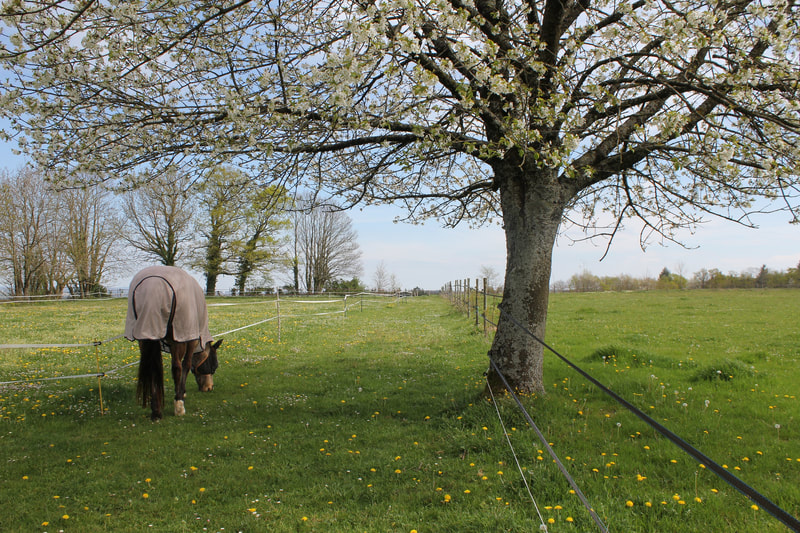
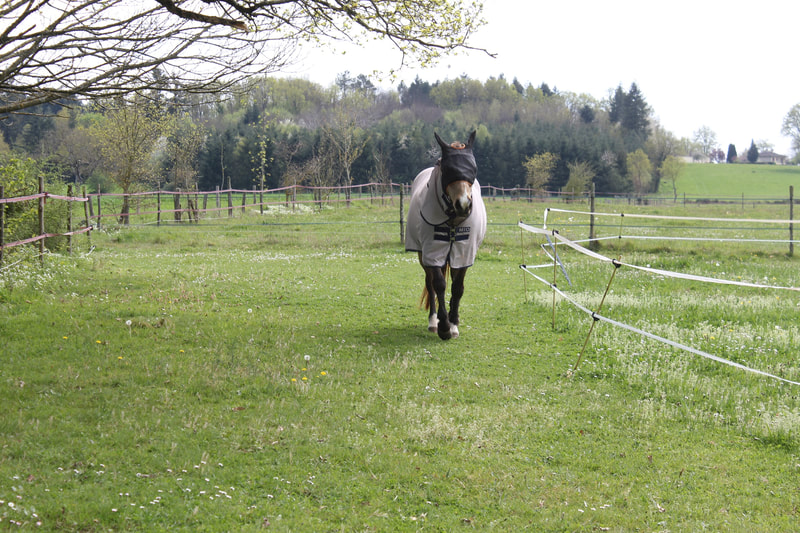

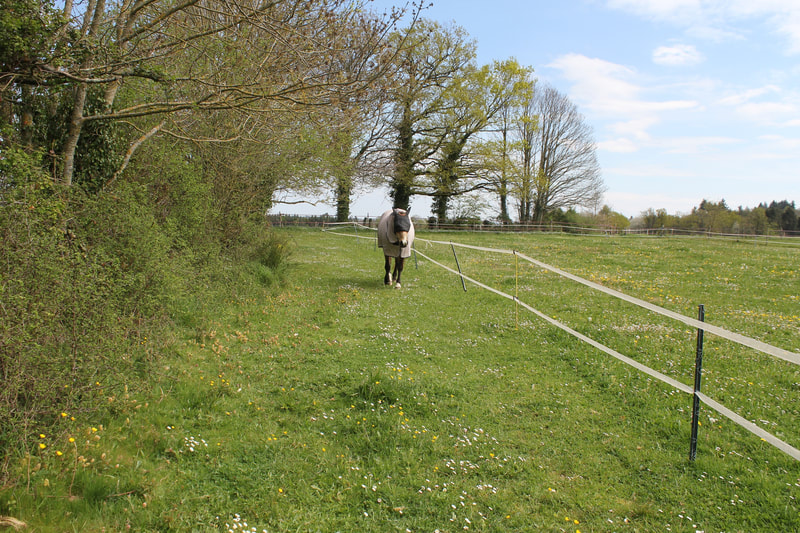
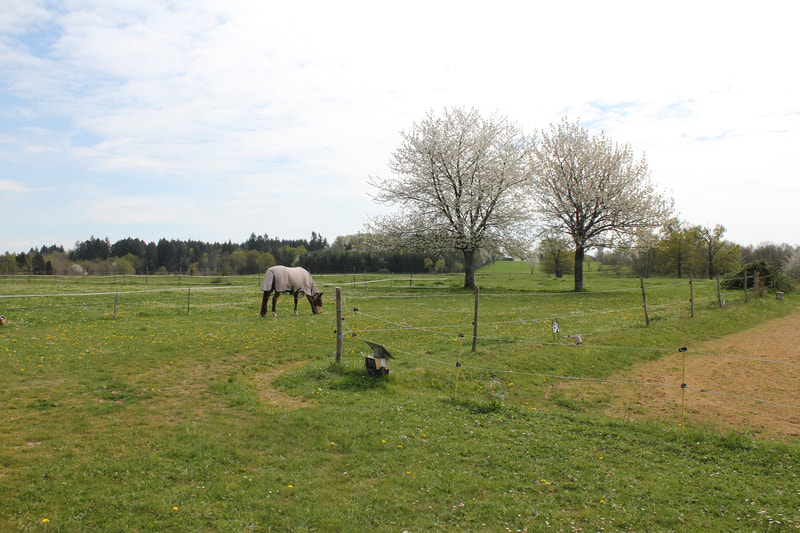
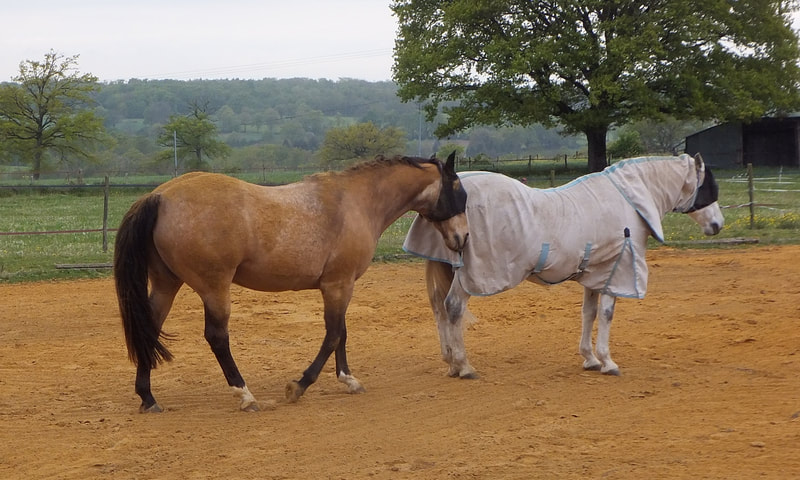
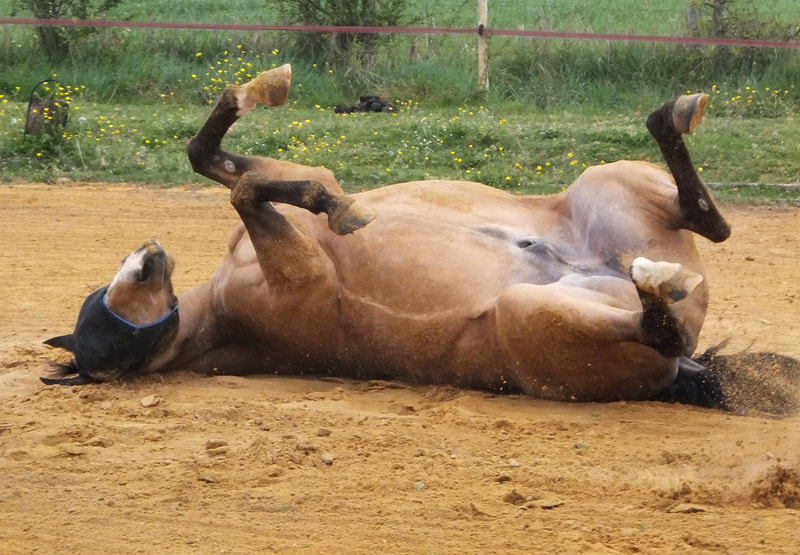
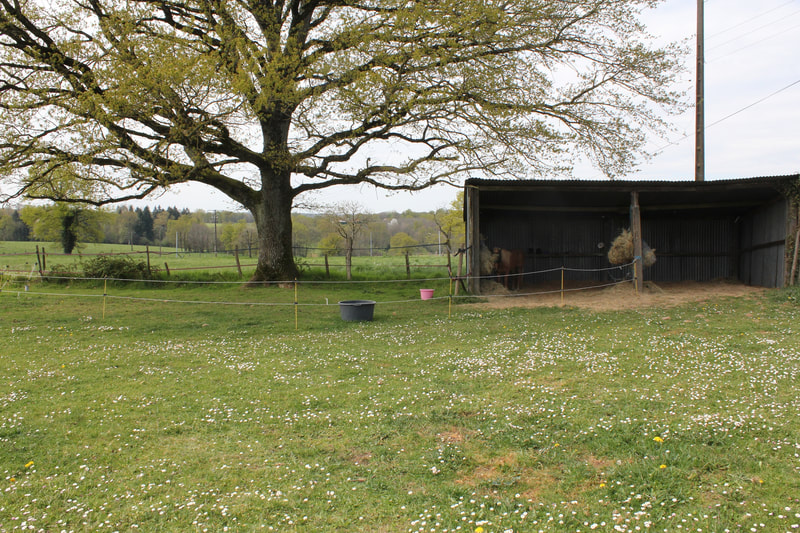
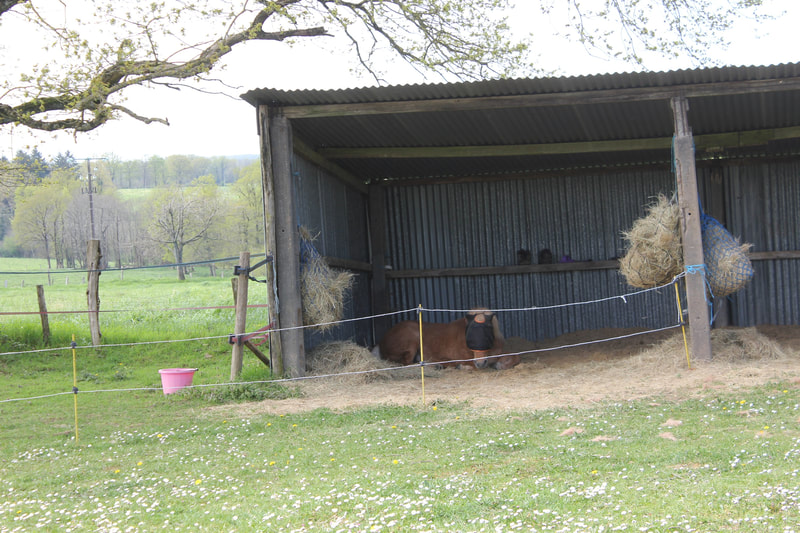
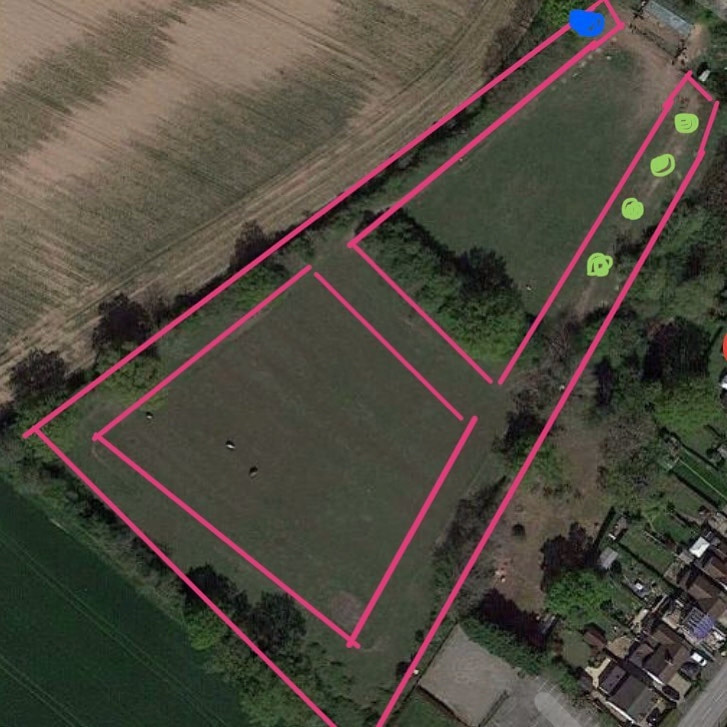
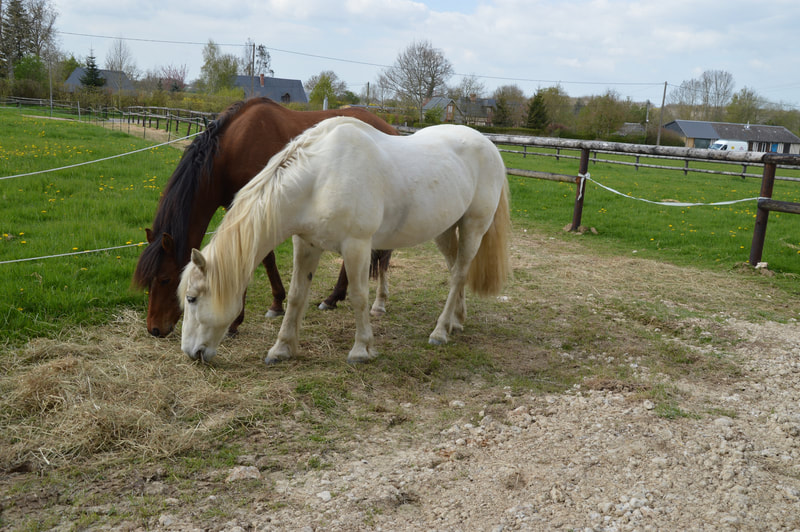
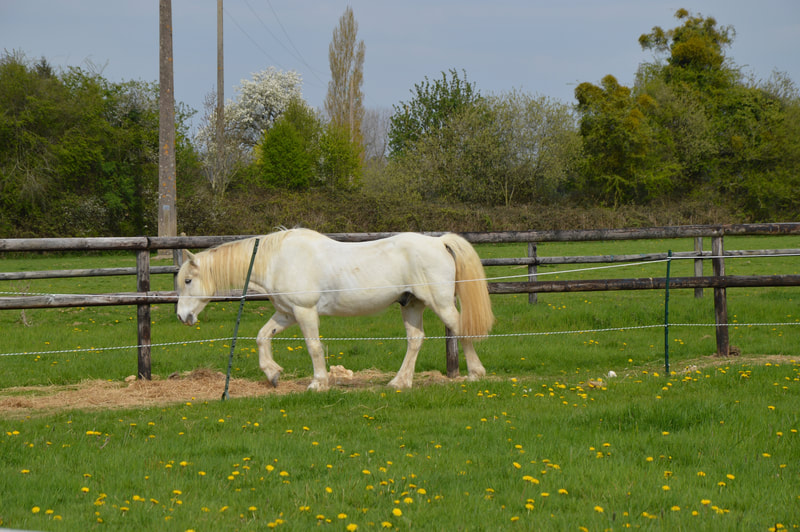
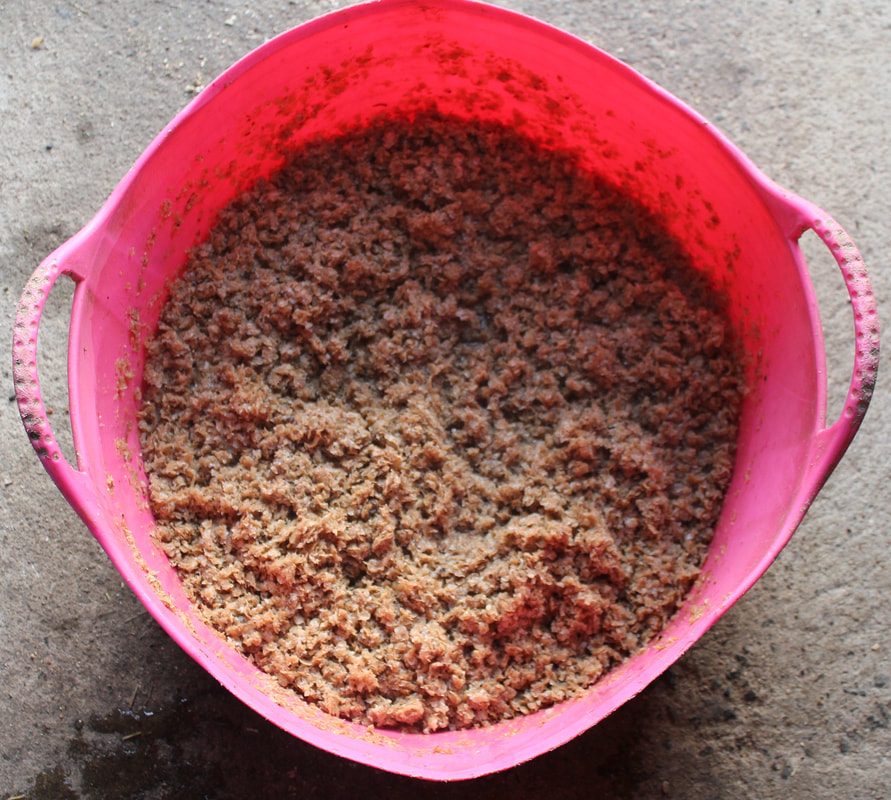
 RSS Feed
RSS Feed